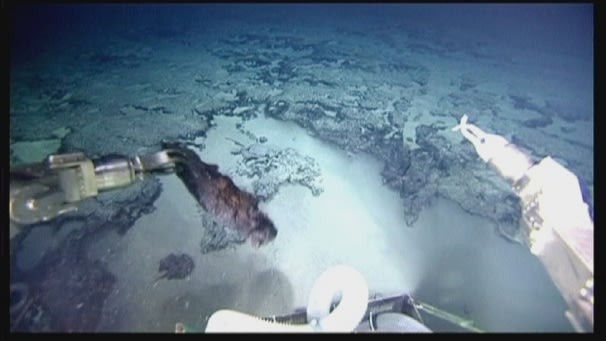Note that I did write MIGHT!
Unknown metal ingots on shipwreck offer hint that Atlantis might be real
'Nothing similar has ever been found. We knew orichalcum from ancient texts and a few ornamental objects.'
 Rob Waugh – 2 hours 34 minutes ago
Rob Waugh – 2 hours 34 minutes ago
An
unknown metal said to have been used in the sunken city of Atlantis has
been found on 2,600-year-old shipwreck near the coast of Sicily.
The 39 ingots of ‘orichalcum’ - described by Plato in his writings about Atlantis - are utterly unique.
'Nothing similar has ever been found,' an expert said.
Plato described
Atlantis as glittering ‘with the red light of orichalcum’, and he
claimed that it was mined there, and used to build huge, glinting
temples to the sea god Poseidon.
 A group of Brazilian and Japanese scientists working on the South Atlantic seabed prevoulsy found continental rocks …
A group of Brazilian and Japanese scientists working on the South Atlantic seabed prevoulsy found continental rocks …
Sebastiano Tusa,
of Sicily's Sea Office, said, ‘The wreck dates to the first half of the
sixth century. It was found about 1,000 feet from the coast at a depth
of 10 feet.’
'Nothing similar has ever been found. We knew orichalcum from ancient texts and a few ornamental objects.'
The real metal is a brass-like alloy, which was made in a crucible in ancient times.
The ingots offer a
tantalising hint that Plato’s stories of Atlantis might have been more
than myth - many argue that his tale of the sunken city is ficiton,
meant to illustrate his political theories.
Plato’s account
of Atlantis was written around 360BC - he describes it as bigger than
Turkey and Libya put together, and claims it was a major sea power
located in the Atlantic.
The
philosopher wrote, ‘It was the way to the other islands, and from these
you might pass to the whole of the opposite continent.’

No comments:
Post a Comment